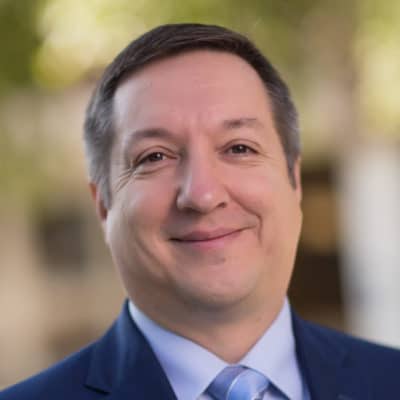Welcome to this course on ‘Helping students learn how to learn’ which has been developed with Todd D. Zakrajsek.
Click here to view the video transcript
Hi, I am Todd Zakrajsek, I work at the university of North Carolina at Chapel Hill. I’m an associate professor and I’m also the president of the International Teaching Learning Cooperative. We run five conferences annually. That’s all in the United States for now, for the university and the work I do with the International Teaching Learning Cooperative. My research primarily is in teaching strategies, in student learning and pretty much anything about the brain. I did start teaching in 1986 and started doing faculty development around 1995. And that’s when I really got interested in this stuff. Over the last five years, I’ve written four books. It’s important to just show you quickly about the diversity in my areas of interest. This first book was written it’s 101 different ways to engage students in learning, because I think engaging students is incredibly important. The other book I’ve written though is on dynamic lecturing because quite frankly, lecturing has it’s place as well as the act of learning. Now also written a book with Kevin Kelly on online teaching. Cause I don’t care if it’s face-to-face or online, what’s important is good teaching. And the last one I wanna mention, which is a lot of the things we’ll talk about in this course, is the course on the new science of learning. And I love this little bugger because this is all about students, and helping students to be better learner. So teaching students has been my life for a long time. And as a faculty member it’s what we all do, but teaching students how to learn, that’s a whole new level of fun. So that’s what we’ll do with this course.
Most individuals in higher education never stop to think about how students learn how to learn. Who teaches students the research that is out there about what impacts the learning process? Faculty members rarely share how they learn or some of the fundamental aspects of learning, often because they are unaware of this information themselves. All this said, students obviously are learning, and faculty have been successful students right through their dissertations and final projects. So, the question becomes, what if we taught students how to be better learners? And, just to be clear, I am not talking about students who are struggling in their courses. It seems to me that all students can benefit. Certainly, those who are struggling, but I have also had very positive responses after talking to medical students about how to learn more effectively. A common response I hear from students when taught about aspects of learning is, “I wish someone had told me this a long time ago.”
Click here to view the video transcript
The primary purpose of this course is to teach students how to learn. Now, we do that because, ironically, students aren’t taught how to learn. Their whole learning process is pretty much picked up on their own, so the learning suffers. What we can do is teach learning processes along with our content, so in this course, we’re going to look overall on how to help our students to be better learners. Now, we’re going to look at three areas specifically. We’re going to look at sleeping, we’re looking at patterning along with chunking, and we’re going to look at retrieval practice. And by the end of this course, you’ll have started down a path that will help your students to be more successful. Well, let’s get started.
Get Involved And Share Your Learning
- Share your perspective. Throughout this course, you will see discussion prompts at the end of each lesson inviting you to share your thoughts and experience. We encourage you to respond to these discussion questions and read those of other educators to benefit from theirs. When you see a comment you agree with or find helpful, hit the ‘Like’ button to help other educators find it. You can also reply to any comments from other members that you find interesting.
- Ask a question. You can ask questions of experts and other educators in the discussion threads in courses. If your question is more general, use Ask, Answer and Share in the community to reach more people.
- Pick up your course badges. To earn your Course Completion Badges make sure you mark all lessons as ‘Mark Complete’ once you have completed a lesson. At the end of the course, click ‘Mark Complete’ and you will be asked a few multiple-choice questions to earn a Course Completion badge. Once you’ve had a chance to apply your learning, come back to complete an Impact Badges by applying what you have learned in the courses and answering a short survey.
If you have any questions or issues please email us: [email protected]


